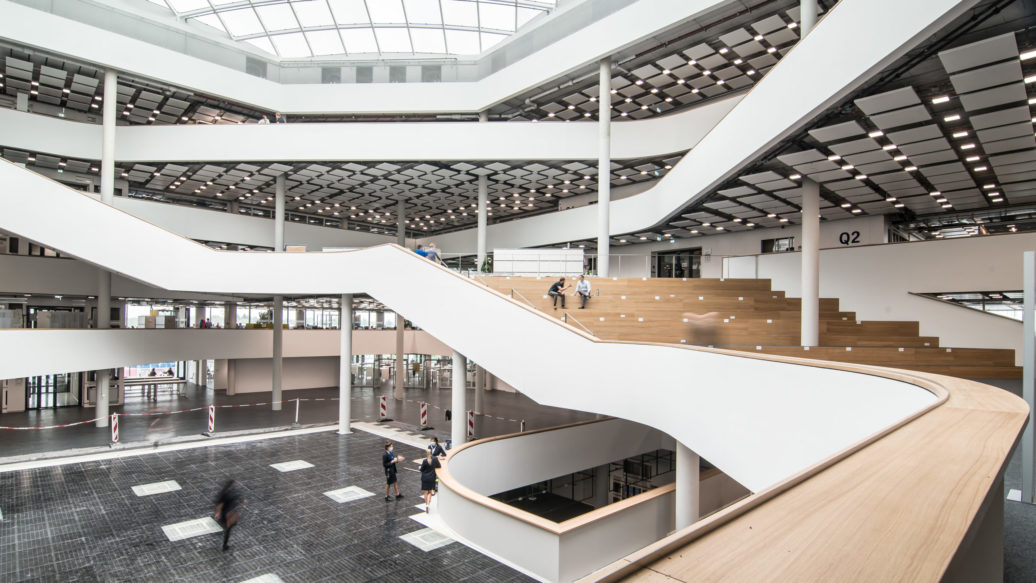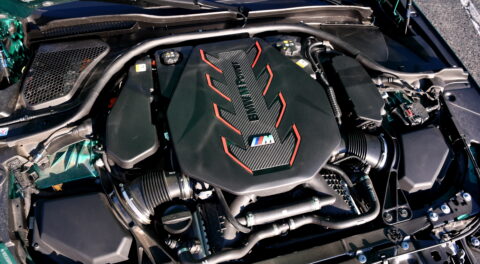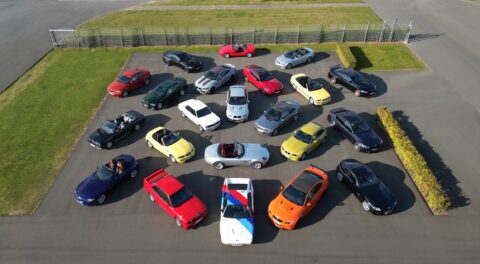Last month, BMW announced the newly completed FIZ Nord building as its new technological hub in Germany. The new Projekthaus Nord, which has been erected upon the automaker’s already sprawling Research and Innovation Centre (FIZ) within its Munich campus, will serve as the company’s flagship research and development nerve center.

Since 1990, FIZ has been called home by a variety of leading industry professionals and niche experts, from engineers to designers and physicists to chemists, all united under one roof to innovate together as part of the BMW Group’s research and development team. For BMW, FIZ bears the responsibility of being the brand’s research “nerve center” and global “think tank”—a space where pioneering and game-changing technologies are conceived.
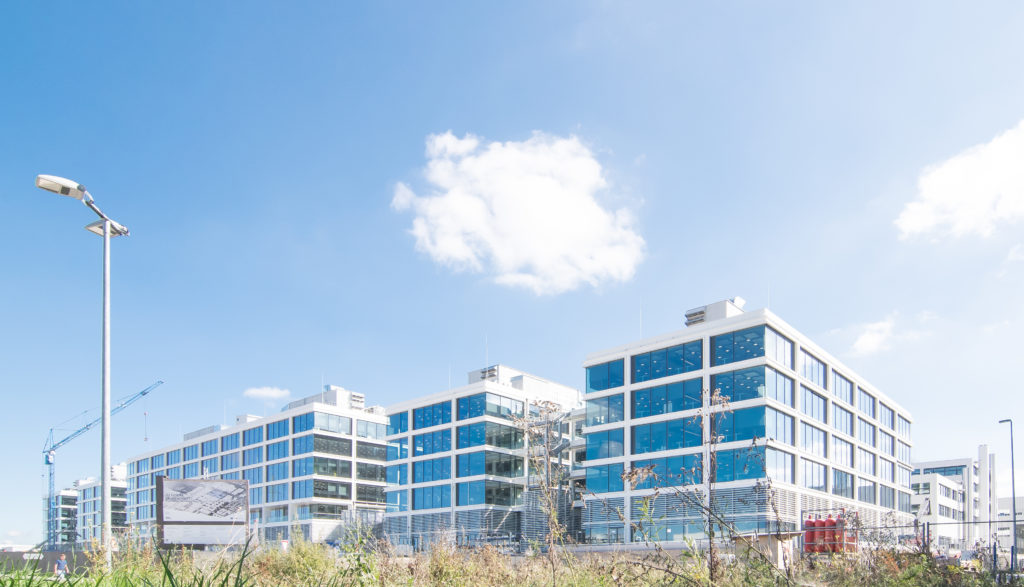
The FIZ Nord building’s conception and addition to the complex is a result of the brand’s long-term, billion-dollar FIZ Future expansion plan, which aims to better organize and regulate its research and innovation endeavors in a way that is consistent with the demands of the 21st century.
Recently inaugurated, the FIZ Nord smart building is an integral component—with 100 state-of-the-art test benches and 200 new laboratories, catering to everything from axle testing to electromagnetic compatibility screening. While the new Nord Projekthaus will now house the technology that BMW needs for its future digitization, optimization, and electrification needs, the structure itself is a feat in civil engineering. Designed and constructed using virtual simulations, FIZ Nord sports an avant-garde architectural design—an edifice that adheres itself to the visual continuity of the industrial complex’s surrounding buildings and landscapes, as BMW intended. FIZ Nord is also just as functional as it is aesthetically pleasing; the entire building has been optimized for high efficiency and digital user control, ensuring that it remains ahead of the technological curve for years and potentially decades to come.
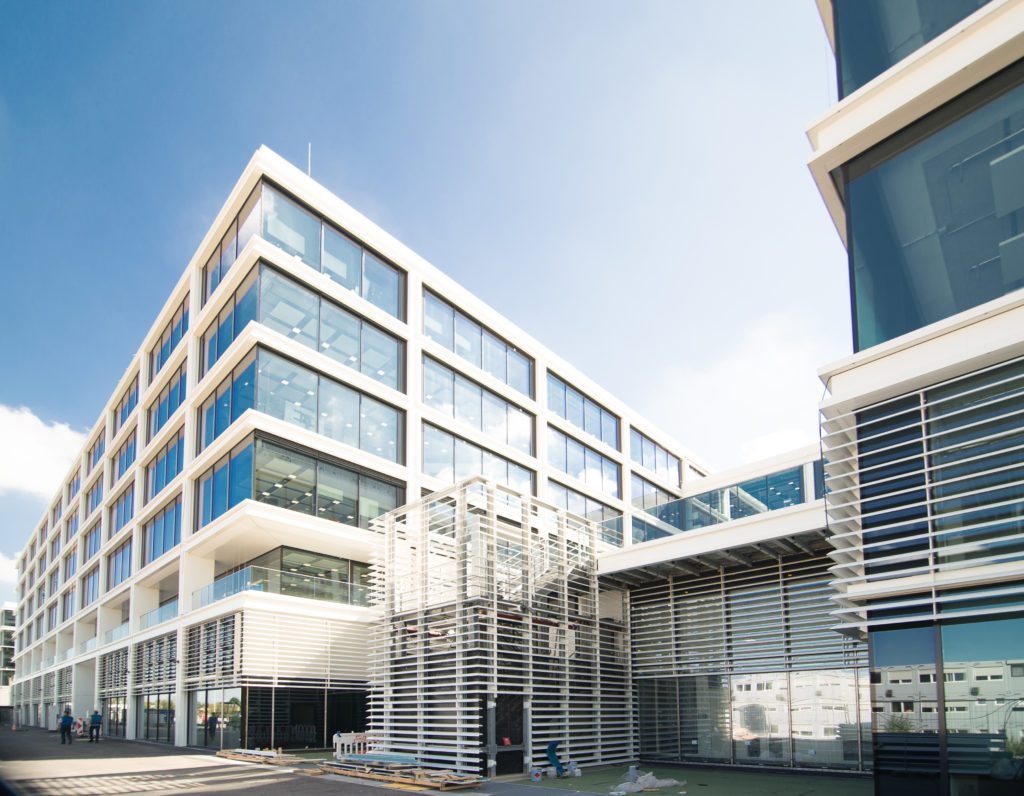
In total, FIZ now benefits from an incredible 20,000 computer servers, which boast the data volume of over 24,000,000,000 smartphones—a data processing number that is all but necessary for the research center and its colossal 115 terabytes of daily data usage. In the FIZ Nord building, drivetrain researchers and engineers will now work together in one location, allowing for greater collaboration between colleagues, more coordinated task delegation, and increased production efficiency. Facility resources will also be utilized for entire inspection, testing, and validation procedures for prototype construction, allowing for the modernization of gas-powered drivetrains or the innovation of their electric counterparts to be designed and tested in-house, under one roof. Though the building itself will see different engineering divisions separated for organization purposes, the closeness to divisions and their resources within FIZ Nord will now allow BMW professionals to collaborate on interdisciplinary projects more easily, which reduces the complexity of modern vehicle development and further drives production.
Oliver Zipse, Chairman of the Board of Management of BMW AG, cites FIZ Nord’s opening as “the next big step in our transformation process. We are setting up our research and development for the future. It’s going to be digital, fully connected and more agile than ever before to bring the technologies of the future into series production.”
The aim is clear, the addition of the Nord building into the FIZ complex is intended help secure BMW’s status as an innovative company for years to come.—Malia Murphy
[Photos courtesy BMW AG.]

